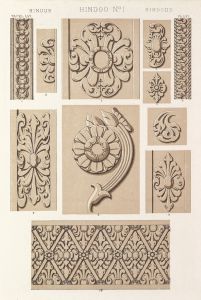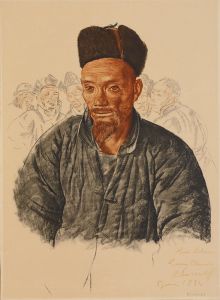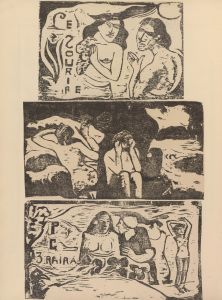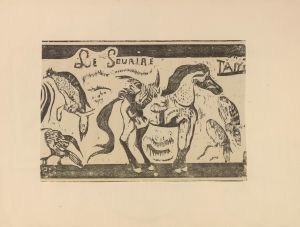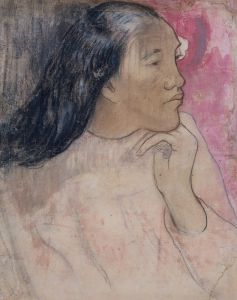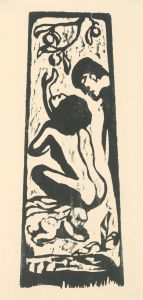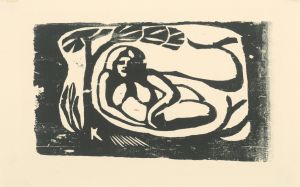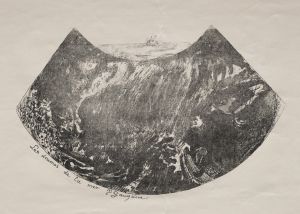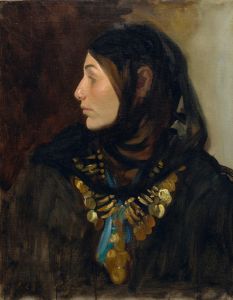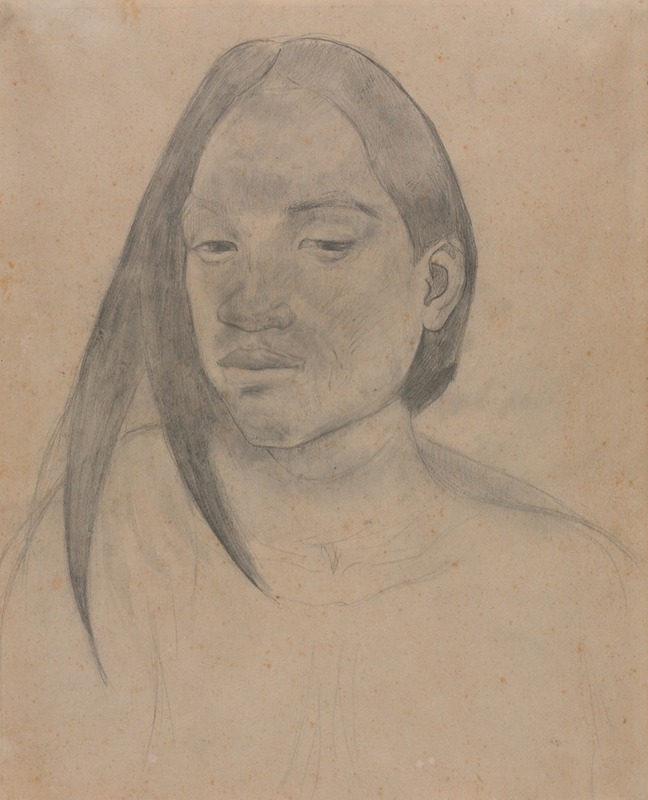
Head of a Tahitian Woman
A hand-painted replica of Paul Gauguin’s masterpiece Head of a Tahitian Woman, meticulously crafted by professional artists to capture the true essence of the original. Each piece is created with museum-quality canvas and rare mineral pigments, carefully painted by experienced artists with delicate brushstrokes and rich, layered colors to perfectly recreate the texture of the original artwork. Unlike machine-printed reproductions, this hand-painted version brings the painting to life, infused with the artist’s emotions and skill in every stroke. Whether for personal collection or home decoration, it instantly elevates the artistic atmosphere of any space.
"Head of a Tahitian Woman" is a painting by the French Post-Impressionist artist Paul Gauguin. Created in 1891, this work is a portrait of a Tahitian woman, reflecting Gauguin's fascination with the people and culture of Tahiti, where he traveled in search of artistic inspiration and an escape from European society. The painting is rendered in oil on canvas and is notable for its vibrant colors and simplified forms, hallmarks of Gauguin's style during his time in the South Pacific.
Gauguin arrived in Tahiti in 1891, seeking to immerse himself in what he perceived as a more "primitive" and unspoiled environment. His time there marked a significant period in his artistic career, as he developed a distinctive approach that combined symbolism, bold color palettes, and a departure from traditional Western artistic conventions. "Head of a Tahitian Woman" exemplifies these characteristics, showcasing Gauguin's interest in capturing the essence of his subjects rather than adhering to strict realism.
The painting depicts a young Tahitian woman with a serene expression, her features rendered with a sense of softness and idealization. Gauguin's use of color is particularly striking, with warm tones dominating the composition and contributing to the overall sense of harmony and tranquility. The background is relatively plain, drawing attention to the subject's face and emphasizing her individuality.
"Head of a Tahitian Woman" is one of many works Gauguin created during his time in Tahiti that focused on the local people, landscapes, and cultural motifs. These works often reflect his attempt to interpret and romanticize Tahitian life through his own artistic lens. However, it is important to note that Gauguin's depictions of Tahitian subjects have been the subject of critical discussion, as they often reflect a Eurocentric perspective and idealized notions of "exoticism."
The painting is housed in the Musée d'Orsay in Paris, France, where it is part of the museum's extensive collection of 19th-century art. It remains an important example of Gauguin's work and his contributions to the Post-Impressionist movement.





